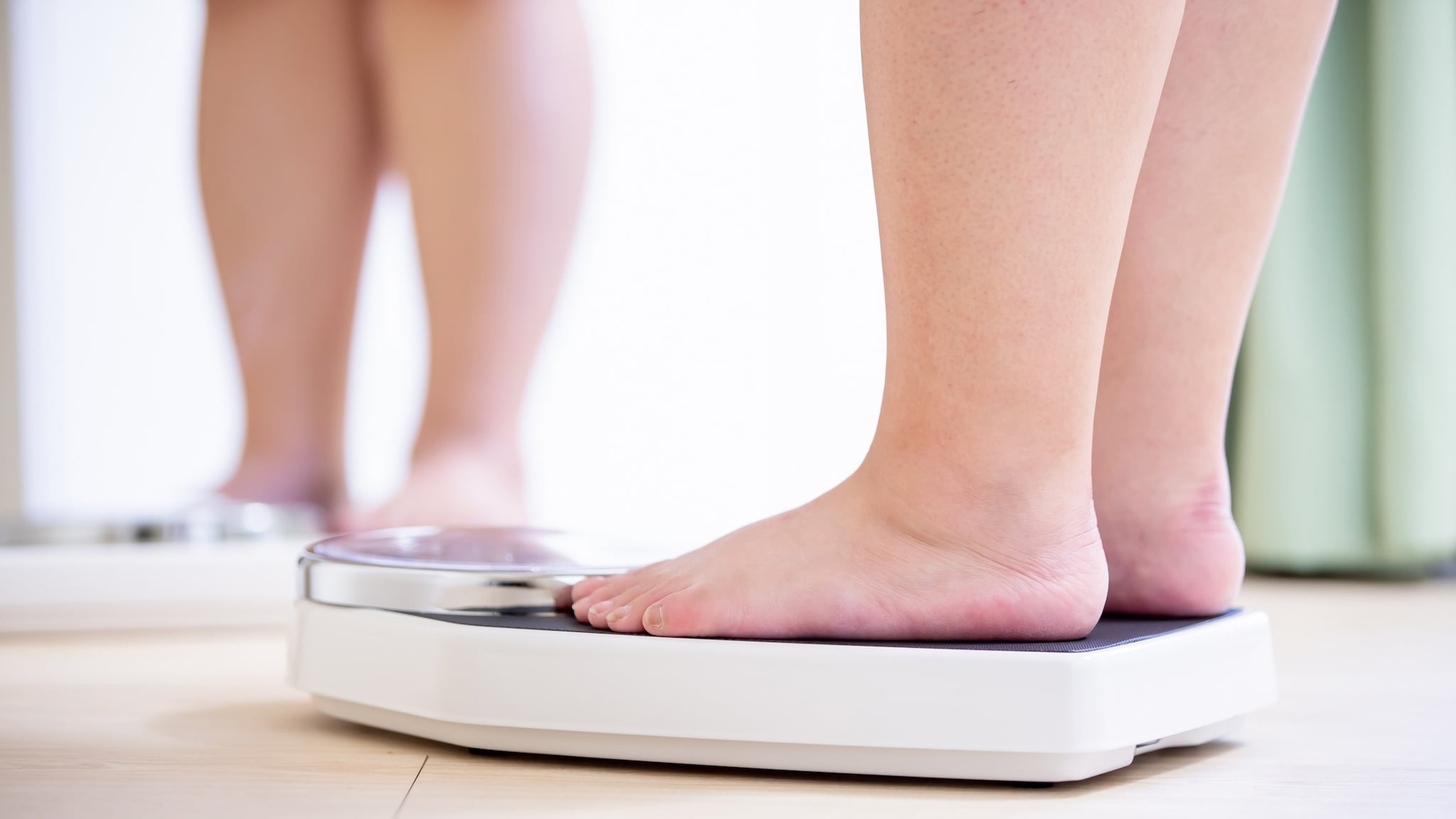At a glance
Taking accurate height and weight measurements is essential for correct body mass index (BMI) and BMI percentile calculations. Follow these steps when measuring children's height and weight.

How to measure height accurately
Follow these steps to measure a child's height accurately.
- Remove the child's shoes, bulky clothing, hats, and hair ornaments. Undo hairstyles that interfere with getting an accurate height measurement.
- Have the child stand:
- On firm flooring, such as tile or wood rather than carpet.
- Against a flat surface, such as a wall with no molding.
- With their feet flat, together, and against the wall.
- With legs straight, arms at their sides, and shoulders level.
- On firm flooring, such as tile or wood rather than carpet.
- Make sure the child is looking straight ahead.
- Measure while the child stands with their head, shoulders, buttocks, and heels touching the flat surface, usually a wall. Depending on the child's body shape, all points may not touch the wall.
- Use a flat and rigid ruler or book to form a right angle with the wall.
- Lower the ruler or book until it firmly touches the crown (very top) of the child's head.
- Make sure the eyes of the person measuring are at the same level as the ruler or book.
- Lightly mark where the bottom of the ruler or book meets the wall.
- Measure the distance between the base on the floor and the mark on the wall using a metal tape measure.
- Accurately record the height to the nearest 1/8th inch or 0.1 centimeter (for example, 35.2 inches).
How to measure weight accurately
Follow these steps to measure a child's weight accurately.
- Use a digital scale. Avoid using spring-loaded bathroom scales.
- Place the scale on firm flooring (such as tile or wood) rather than on carpet.
- Have the child remove shoes and heavy clothing, such as sweaters.
- Have the child stand with both feet in the center of the scale.
- Record the weight to the nearest decimal fraction (for example, 55.5 pounds or 25.1 kilograms).

How to calculate BMI and BMI percentile
To calculate BMI and BMI percentile for children and teens 2 through 19, use CDC's BMI Calculator for Child and Teen. The calculator also plots BMI percentile on a CDC growth chart and explains the results. The calculator is not a substitute for professional medical advice.
To calculate BMI for adults 20 or older, use CDC's Adult BMI Calculator.
To calculate BMI by hand, use the formulas below:
- Metric Units: weight (kg) / [height (m)]2
- Metric Units: [weight (kg) / height (cm) / height (cm)] x 10,000
- U.S. Customary Units: weight (pounds) / [height (in)]2 x 703
